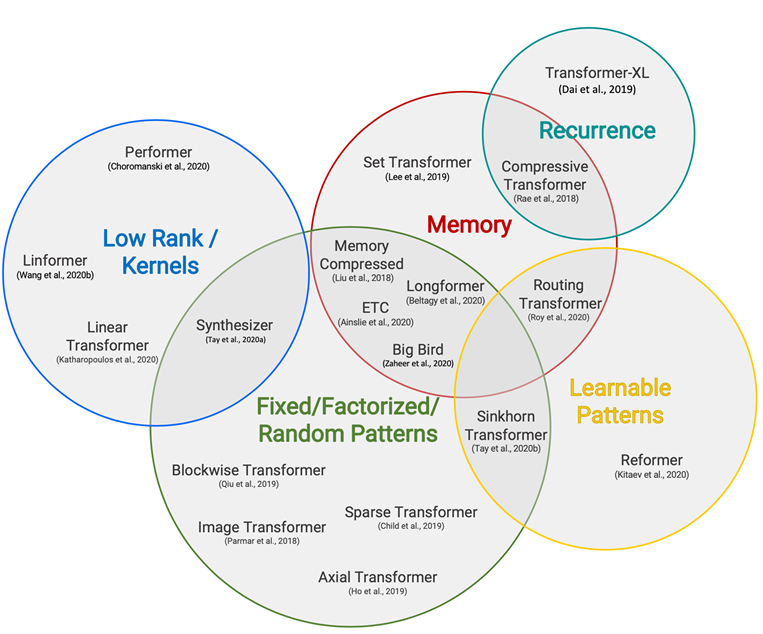Large Language Models (LLMs) are becoming exponentially more powerful, but their size presents a monumental challenge. A 175-billion parameter model can require hundreds of gigabytes of GPU memory, making real-time inference slow and prohibitively expensive. To deploy these models sustainably, model optimization is no longer a "nice-to-have"—it's an essential step in the MLOps lifecycle.
This post explores three key techniques for shrinking models and speeding up inference: quantization, pruning, and distillation.
The Core Techniques Explained
1. Quantization: Doing More with Less Precision
Quantization reduces a model's size and computational cost by representing its weights and activations with lower-precision data types. Instead of using 32-bit floating-point numbers (FP32), we can use 16-bit floats (FP16/BF16) or even 8-bit or 4-bit integers (INT8/INT4). This is analogous to rounding numbers in a calculation; you lose a tiny amount of precision, but the math becomes much faster and the numbers take up significantly less memory.
2. Pruning: Trimming the Unnecessary Connections
Neural networks often contain redundant weights that contribute little to their overall performance. Pruning identifies and removes these non-critical connections, creating a "sparse" model. Think of it like editing an essay by removing superfluous words; the core message remains intact, but the document becomes more concise. This can dramatically reduce model size, though specialized hardware or software may be needed to realize speed improvements from sparsity.
3. Distillation: The Student Learns from the Teacher
Knowledge distillation involves training a smaller, faster "student" model to mimic the behavior of a larger, more powerful "teacher" model. The student learns to replicate the teacher's output probabilities, effectively absorbing its knowledge. The result is a compact model that performs a specific task nearly as well as its massive counterpart but at a fraction of the computational cost.
Practical Tools and a Code Example
Frameworks like Hugging Face `optimum`, NVIDIA's TensorRT-LLM, and libraries like `bitsandbytes` have made these techniques accessible. Quantization, in particular, has become incredibly easy to implement. The code below shows how to load a model with different levels of quantization using Hugging Face `transformers`, drastically reducing its memory footprint.
# Conceptual example of loading a quantized model with Hugging Face
from transformers import AutoModelForCausalLM
import torch
model_id = "meta-llama/Llama-2-7b-hf"
# --- 8-bit Quantized Loading (Lower Memory) ---
model_8bit = AutoModelForCausalLM.from_pretrained(
model_id,
device_map="auto",
load_in_8bit=True
)
print(f"INT8 model memory footprint: {model_8bit.get_memory_footprint()} bytes")
# --- 4-bit Quantized Loading (Even Lower Memory) ---
# This is a popular technique known as QLoRA
model_4bit = AutoModelForCausalLM.from_pretrained(
model_id,
device_map="auto",
load_in_4bit=True
)
print(f"INT4 model memory footprint: {model_4bit.get_memory_footprint()} bytes")
Running this code would demonstrate that the 4-bit model uses roughly half the memory of the 8-bit one, and a fraction of the original 32-bit model, making it possible to run large models on consumer-grade hardware.
Benchmarking and Evaluating Trade-offs
Optimization is all about trade-offs. It's crucial to benchmark your optimized model to ensure it still meets your needs. Key metrics include:
- Performance: Evaluate the model on standard benchmarks (e.g., MMLU, Hellaswag) to measure any drop in accuracy.
- Latency: Measure the time it takes to generate a response (e.g., milliseconds per token).
- Throughput: Determine how many requests the model can handle per second on your target hardware.
- Model Size & Memory Usage: Quantify the reduction in disk size (GB) and the required VRAM during inference.
Conclusion
As LLMs continue to scale, mastering optimization techniques is becoming a core competency for AI engineers. Quantization offers a powerful, easy-to-implement solution for reducing cost and latency, while pruning and distillation provide further avenues for creating highly efficient, specialized models. By carefully selecting the right technique and rigorously benchmarking the results, you can deploy state-of-the-art models in a way that is both powerful and practical.
"The genius of modern AI isn't just in building massive models, but in making them smart, fast, and accessible to everyone through efficient optimization." - Ashish Gore
If you're looking to optimize your model deployment pipeline or need help choosing the right tools, feel free to reach out through my contact information.
